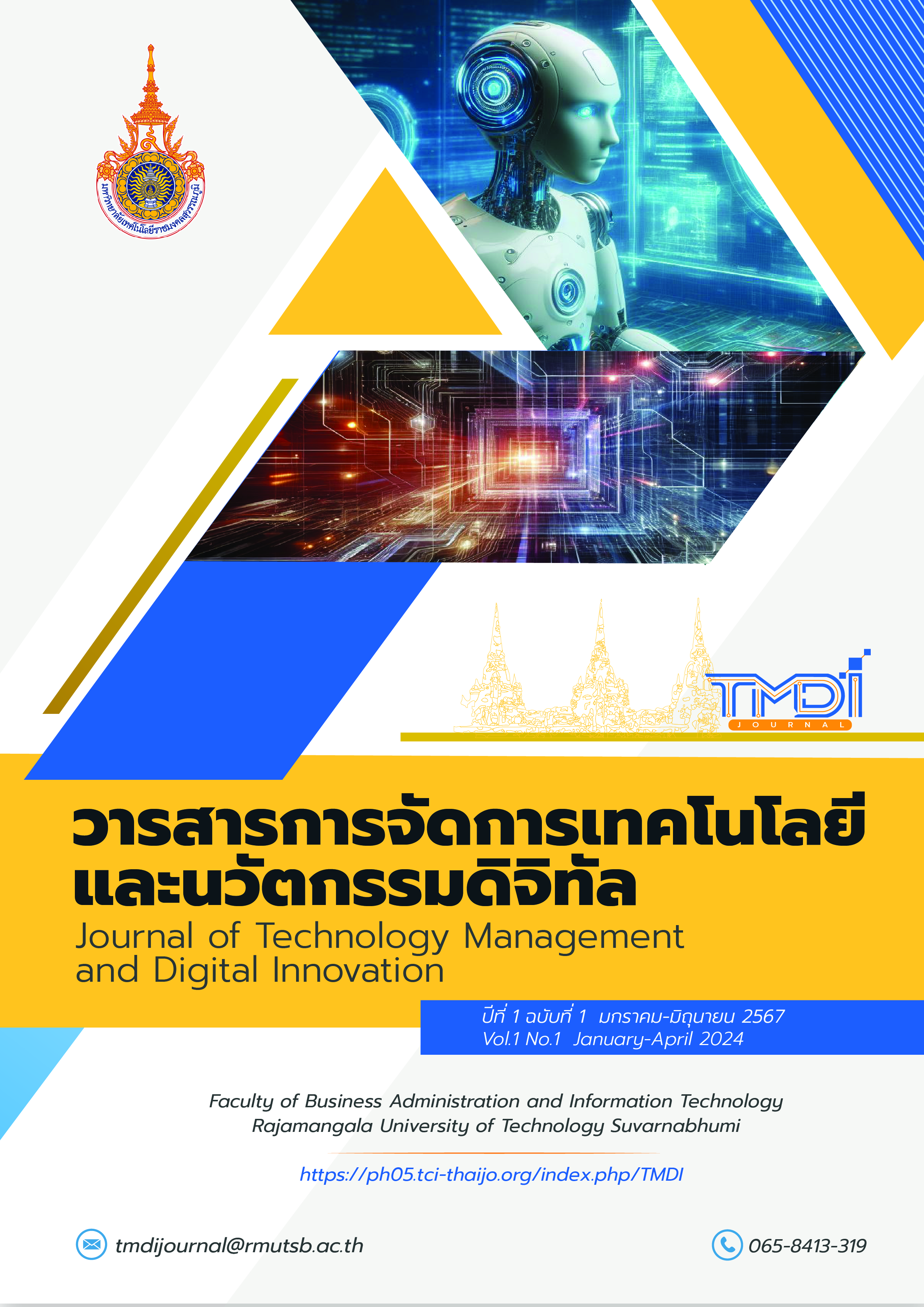An Investigation of Database Management Approaches: A Comparative Study between Relational and NoSQL Databases - A Case Study of Kamphaeng Phet Rajabhat University Comparative Analysis of Database Management Approaches: Relational and NoSQL Databases - A Case Study of the Student Database at Kamphaeng Phet Rajabhat University
Main Article Content
Abstract
Nowadays, universities are confronted with the challenge of managing expanding data within their campuses. To address this issue, there has been a proposal to reconsider the transition from relational databases to NoSQL databases, aiming to support the growing trend of data expansion. Consequently, this study examines the database management methodologies of MySQL and MongoDB software within the context of student-related information. The research objectives are twofold: (1) to evaluate the response time of complex queries and the flexibility in schema development between MySQL, a relational database management software, and MongoDB, a NoSQL database management software; (2) to conduct a comparative analysis between relational database management and NoSQL databases. Experimental findings indicate that MongoDB demonstrates quicker query response times and greater schema development flexibility compared to MySQL. Nevertheless, investigations suggest that adopting NoSQL databases as a replacement for the current database system in the case study is not feasible due to the observed irregular data growth patterns. However, the researcher recognizes the potential benefits of employing NoSQL data management for capturing data that may lead to substantial data volumes, such as internet usage data of both staff and students. The outcomes of this experiment will be presented to administrators to guide further enhancements in the university's database infrastructure.
Article Details

This work is licensed under a Creative Commons Attribution-NonCommercial-NoDerivatives 4.0 International License.
References
Madugu J. S. (2018). Modeling and Simulation of Proportional-Integral-Derivative (PID) Temperature Controller for an Electric Kettle. International Jounal of Engineering, Science and Mathematice 7(9), 15–20.
Minorsky, N. (1922). Directional stability of automatically steered bodies. American Society of Naval Engineering, 34, 284.
Pessen, D. W. (1996). A New Look at PID Controller Tuning. Trans. of the ASME, Journal of Dynamic Systems, Measurement, and Control, Sept., (116), 553–557.
Sato T. and Inoue A. (2004). A Design Method of Multirate I-PD Controller based on Multirate Generalized Predictive Control Law. In Proc. SICE Annual Conference, 17–22.
Stphanopoulos, G. (2006). Chemical Process Control: An Introduction to Theory and Practice. Prentice-Hall of India, New Delhi.
Talbi, E. G. (2009). Metaheuristics form Design to Implementation. John Wiley & Sons.
Tsai, P. W., Pan, J. S., Liao, B. Y., Tsai, M. J., & Istanda, V. (2011). Bat algorithm inspired algorithm for solving numerical optimization problems. Applied Mechanics and Materials, (148–149), 134–137.
Yang, X. S. (2010, 1). Engineering Optimization, An Introduction with Metaheuristic Applications. John Wiley & Sons.
Yang, X. S. (2010, 2). A new metaheuristic bat-inspired an algorithm. In: Nature Inspired Cooperative Strategies for Optimization (NICSO2010) (Eds. J. R. Gonzalez et al.) Studies in Computational Intelligence, Springer Berlin, 284, Springer, 65–74.
Yang, X. S. (2011). Bat algorithm for multi-objective optimization. Int. J. Bio-Inspired Computation. 3(5), 267–274.
Ziegler J. G. and Nichols N. B. (1942). Optimum Settings for Automatic Controllers. In Trans. of the ASME, (64), 759–768.

